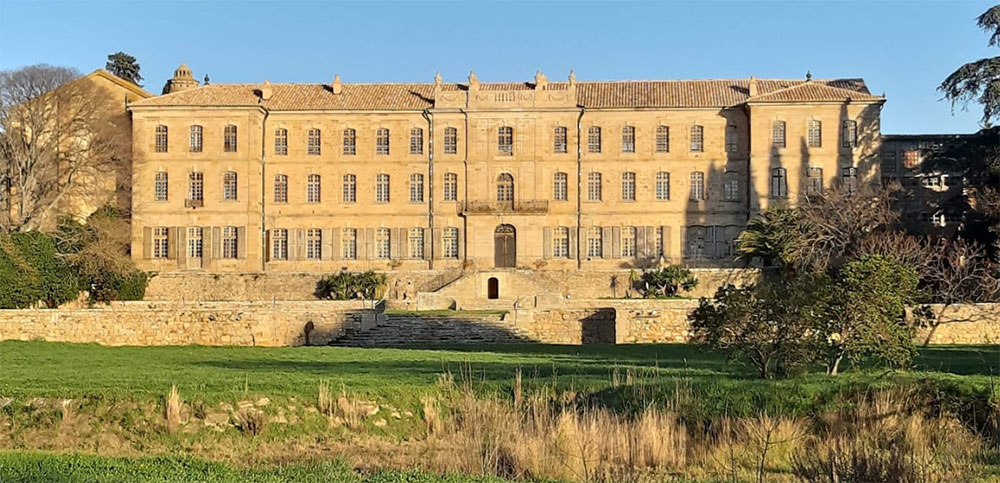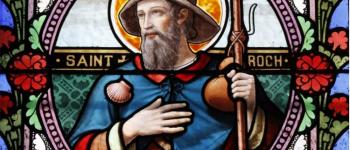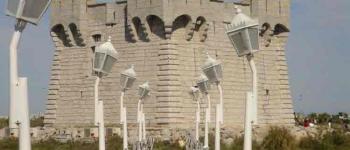
In 1080, thanks to a donation of land made by the Alquier family, a powerful family from the Béziers region, to a few canons who had left the chapter of Béziers Cathedral around 1066, a priory was founded.
The second prior, Guiraud (1070 - 1123) will give this monastery its notoriety, a notoriety which attracts donations from the aristocracy of the whole region.
The rule followed is that of Saint-Augustin.
A bit of History...
On October 6, 1115, a new priory church was consecrated. Numerous relics increase the fame of the priory, one of the four Holy Shrines of Christ known in the West, relics of the Holy Sepulchre, the Crown of Thorns, Saint Martha?
This place will serve as a necropolis for the nobility of Béziers and the whole region.
Sainte-Marie de Cassan shelters, indeed, the graves of famous prelates, lords and Trencavel, viscounts of Béziers.
The 13th century marked a decisive turning point for the priory.
Pope Innocent III, at the origin of the crusade against the Cathars, promulgated an exemption bull against the conventual priory of Cassan, submitting it directly to the Holy See.
The priory thus escaped the jurisdiction of the bishops of Béziers, in the spiritual domain it was accountable only to the Pope in Rome. On the temporal level, the canons gave themselves the King of France, Louis IX, as their suzerain in 1268, hence the name of royal priory.
In the 14th century, the priory was severely hit by the Black Death and the Hundred Years' War. Then the religious wars will aggravate the difficulties.
In 1539, and again in 1563, Protestant troops led by Jacques de Crussol and Claude de Caylus set fire to and pillaged the monastery.
The decline that began in the 14th century continued in the following centuries. In 1605 the priory only housed seven or eight canons.
In 1671 the priory was attached to the Abbey of Sainte-Geneviève in Paris. In the second half of the 18th century, the commendatory prior Pas de Beaulieu rebuilt the monastery.
During the French Revolution, the canons, who numbered only five, were expelled.
The priory was declared a national asset; it was sold in March 1791 to Marc Antoine Thomas Mérigeaux, a lawyer in Pézenas, who bought it on behalf of the Prince de Conti to house his mistress Madame de Brimont.
The monastery then took on its new lay name of "Château de Cassan".
During the 19th and 20th centuries, the priory-castle of Cassan had several owners.
The State bought it to house training centres administered by the Ministry of National Education and then by the Ministry of Overseas Departments and Territories.
In 1995, Cassan was sold by the State to Claude and Mireille Charrier who opened it to the public and restored the gardens.
The château was bought in 2002 by a real estate group which is currently developing innovation programmes for companies and aims to turn it into a European centre for prevention and research on well-being at work.
The building and its surroundings are open to the public and host various cultural events.
Cassan Abbey Castle
D13, between Roujan and Gabian
34320 Roujan
Tel: 04 67 24 52 45
Translated with www.DeepL.com/Translator
(free version)





